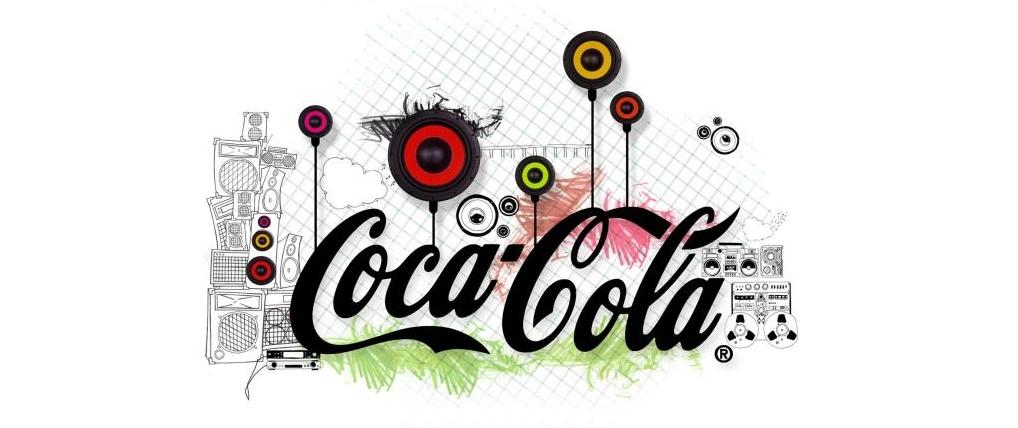Business Marketing Vs. Consumer Marketing
Although on the surface the differences between business and consumer marketing may seem obvious, there are more subtle distinctions between the two. Business marketing generally entails shorter and more direct channels of distribution. While consumer marketing is aimed at large groups through mass media and retailers, the negotiation process between the buyer and seller is more personal in business marketing. Most business marketers commit only a small part of their promotional budgets to advertising, and that is usually through direct mail efforts and trade journals. While that advertising is limited, it often helps the business marketer set up successful sales calls. Marketing to a business trying to make a profit (business-to-business marketing, B2B) as opposed to an individual for personal use (business-to-consumer, B2C) is similar in terms of the fundamental principles of marketing. In each marketing situation, the marketer must always:
- successfully match the product or service strengths with the needs of a definable target market;
- position and price to align the product or service with its market, often an intricate balance; and
- communicate and sell it in the fashion that demonstrates its value effectively to the target market.
These are the fundamental principles of the 4 P's of marketing (the marketing mix).
So what are the meaningful differences between B2B and B2C marketing?
A B2C sale is to an individual who may be influenced by other factors such as family members or friends, but ultimately the sale is to a single person who pays for the transaction, and the product is for personal use. A B2B sale is to an organization or firm. Given the complexity of organizational structure, B2B sales typically involve multiple decision makers. The marketing mix is affected by the B2B uniqueness which include complexity of business products and services, diversity of demand and the differing nature of the sales itself (including fewer customers buying larger volumes). Because there are some important subtleties to the B2B sale, the issues are broken down beyond just the original 4 P's.
With all that in mind, it's safe to assume that when the Coca-Cola company makes the beverages, the vending machines, the bottles, the cups, etc. and sells them to retailers, schools, movie theaters, office buildings and so on... they are, in turn, marketing to other businesses because those businesses intend to resell those items.
Since this is the last post of the semester, I thought I'd go out with a bang and post this sort of off topic video: still has to do with Coca-Cola though :)
With all that in mind, it's safe to assume that when the Coca-Cola company makes the beverages, the vending machines, the bottles, the cups, etc. and sells them to retailers, schools, movie theaters, office buildings and so on... they are, in turn, marketing to other businesses because those businesses intend to resell those items.
Since this is the last post of the semester, I thought I'd go out with a bang and post this sort of off topic video: still has to do with Coca-Cola though :)





